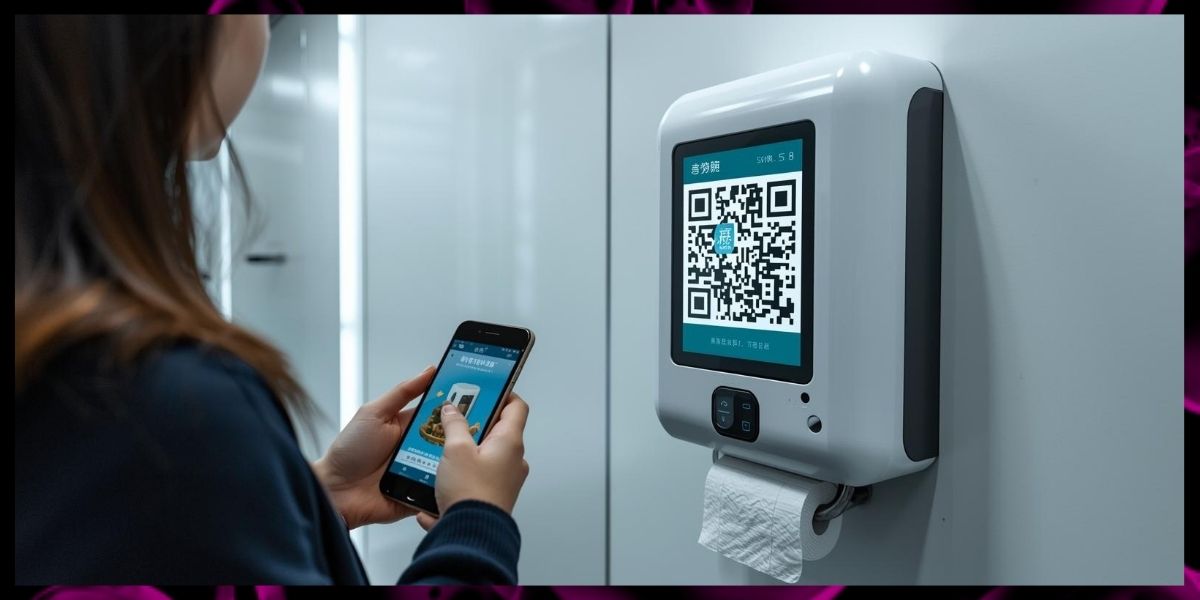In several Chinese cities, public toilets are introducing a controversial new system where visitors must either watch an advertisement or pay a small fee to receive toilet paper. The initiative is part of ongoing efforts to reduce waste and limit excessive use of supplies in public restrooms, particularly in busy tourist areas.
How The System Works
The system works through a smart dispenser equipped with a QR code. When a visitor needs toilet paper, they scan the code with their smartphone and are prompted to watch a short video ad. Once the ad finishes, the dispenser releases a fixed amount of paper. For those unwilling or unable to view the ad, there is an alternative option: paying around 0.5 yuan roughly seven U.S. cents for each portion of paper.
Why China Is Taking This Approach
China has struggled for years with people hoarding toilet paper in public restrooms, leading to high maintenance costs and frequent shortages. In response, authorities have tested several innovative but often controversial solutions. These have included dispensers with facial recognition technology that limit how much paper one person can take, and time-restricted systems that allow a new portion only every few minutes. The ad-based model is the latest attempt to balance convenience with conservation.
Supporters vs. Critics
Supporters argue the approach encourages responsible use and lowers the financial burden on local governments tasked with maintaining public toilets. They believe the system can reduce waste while also generating ad revenue to help cover supply costs. Critics, however, point out several drawbacks. The requirement assumes that every user has a smartphone with internet access and enough battery life to scan a code and watch an ad. Tourists, the elderly, or people without mobile devices could be left in an inconvenient or even embarrassing situation.
The move has sparked lively debate online, with some calling it a clever, tech-driven solution and others describing it as a dystopian example of over-regulation. While the system is currently being tested in select locations, its broader rollout will likely depend on public response and practical effectiveness.
China’s experiment reflects a wider global trend of using technology to manage public resources. Whether ad-based toilet paper dispensers become a long-term solution or remain a short-lived novelty, they highlight the increasingly creative and sometimes controversial ways cities are addressing everyday problems.

